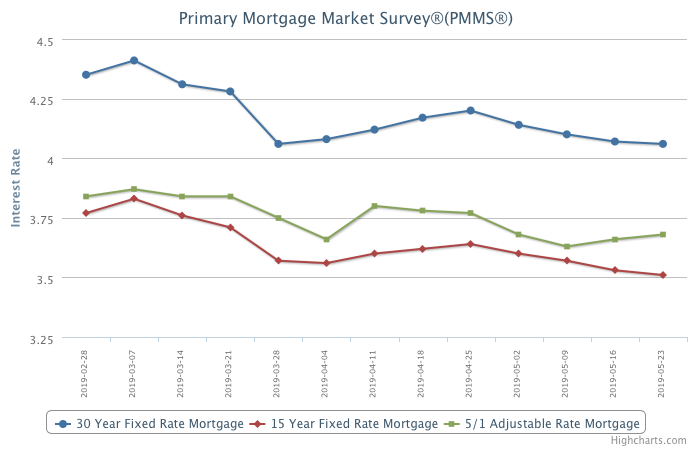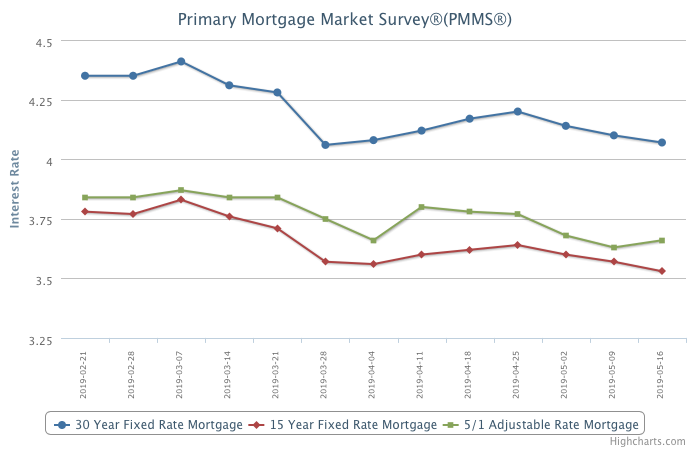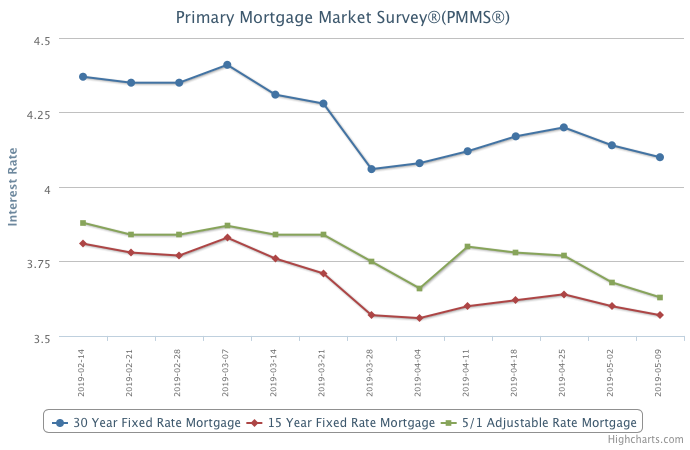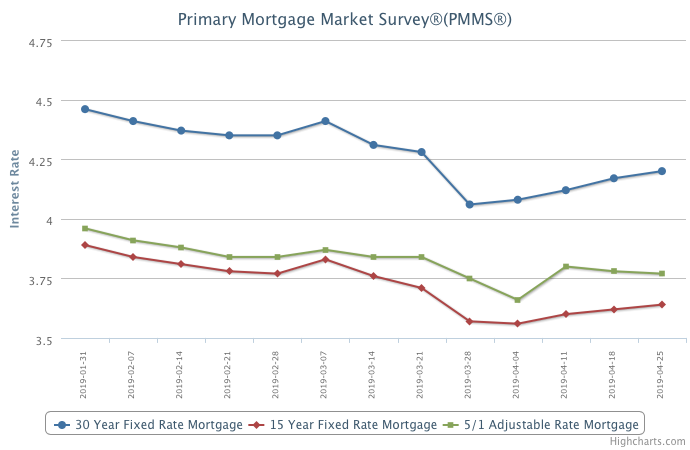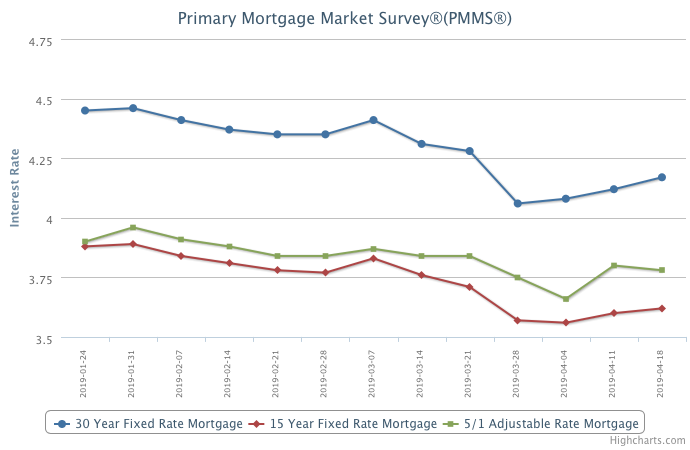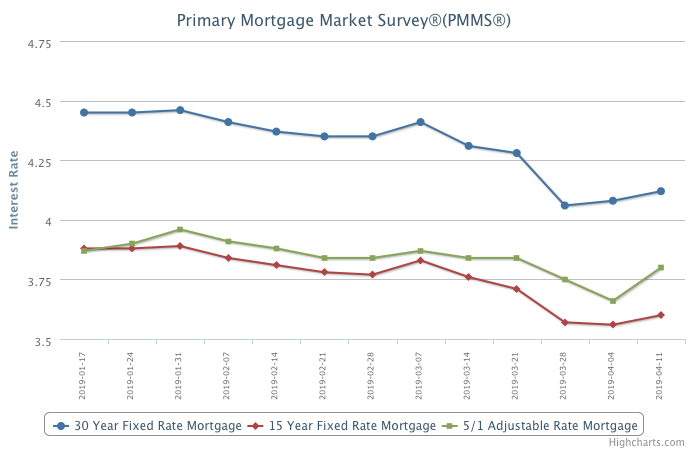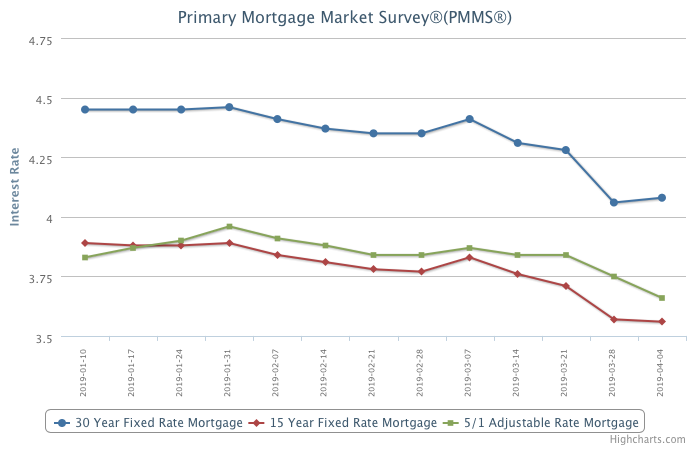
June 6, 2019
While the drop in mortgage rates is a good opportunity for consumers to save on their mortgage payment, our research indicates that there can be a wide dispersion among mortgage rate offers. By shopping around and getting a single additional mortgage rate quote, a borrower can save an average of $1,500. These low rates are also good news for current homeowners. With rates dipping below four percent, there are over $2 trillion of outstanding conforming conventional mortgages eligible to be refinanced – meaning the majority of what was originated in 2018 is now eligible.
Information provided by Freddie Mac.


